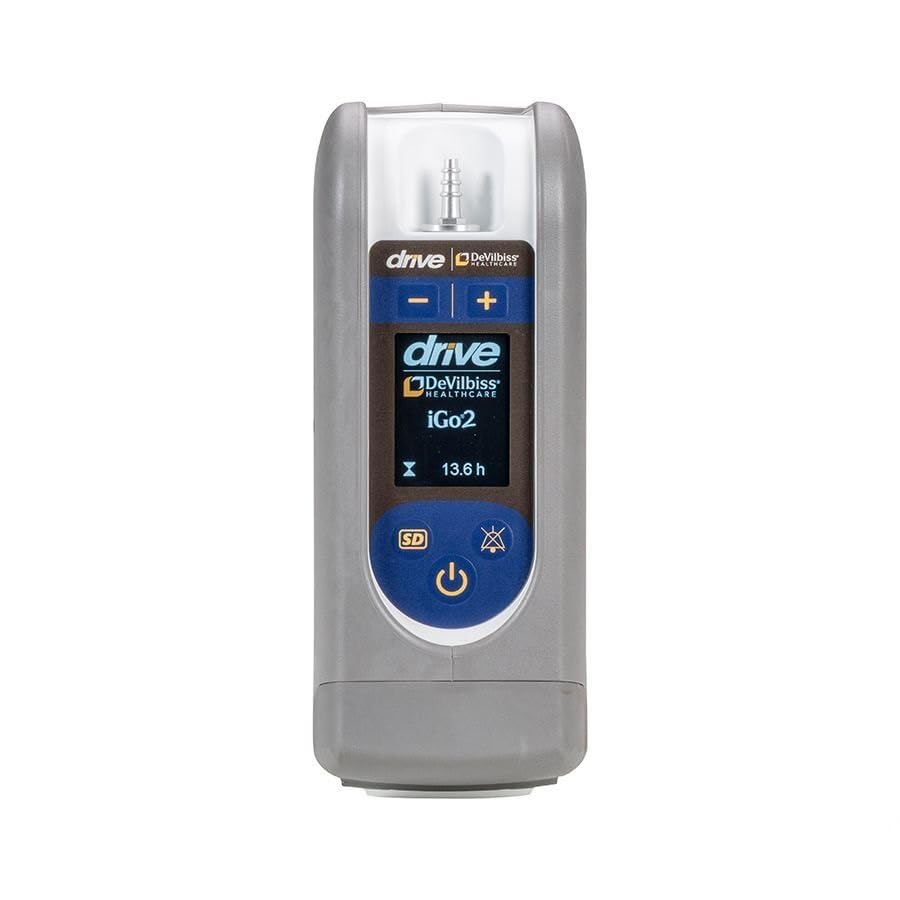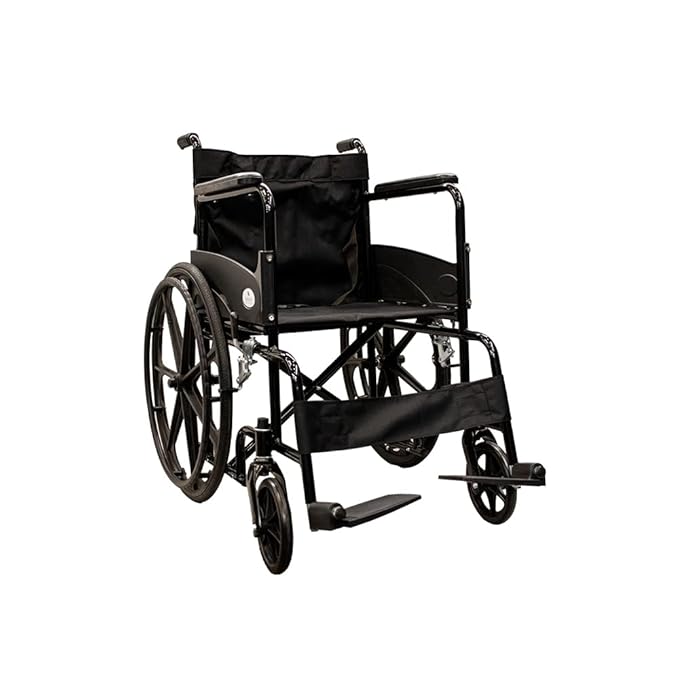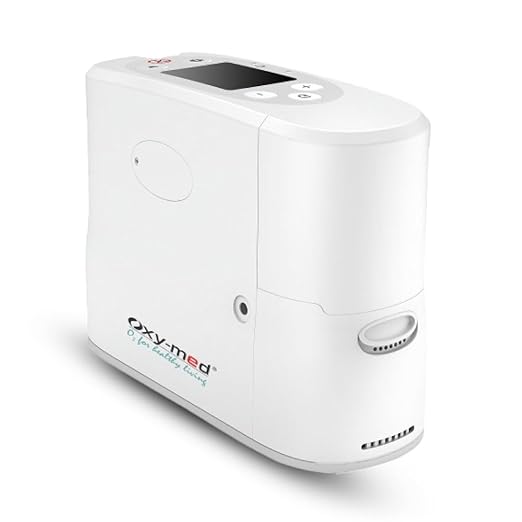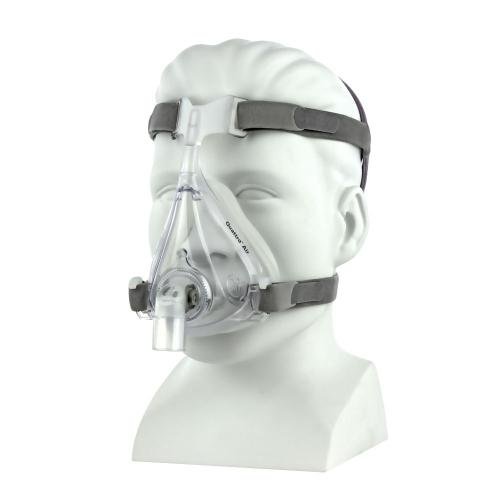Men’s health is a multifaceted field encompassing a broad spectrum of concerns, from hormonal imbalances and sexual dysfunction to aesthetic goals and age-related changes. While lifestyle modifications, oral medications, and topical treatments play important roles in addressing these concerns, injectable therapies have emerged as a powerful and increasingly popular option. These therapies offer targeted delivery and often provide faster, more noticeable results than other methods. This article explores the diverse applications of injectable therapies in managing and improving men’s health, delving into their benefits, mechanisms of action, and the specific conditions they address.
Hormone Replacement Therapy (HRT) with Injectables
Hormone deficiencies, particularly testosterone deficiency (hypogonadism), can significantly impact a man’s quality of life. This deficiency often manifests with a cluster of symptoms. These include decreased libido, erectile dysfunction, fatigue, muscle loss, weight gain, mood changes, and even cognitive difficulties like impaired memory and concentration. Testosterone replacement therapy (TRT) aims to restore hormone levels to a healthy range. This alleviates these symptoms and improves overall well-being. Restoring hormonal balance can have a cascading positive effect on a man’s physical and mental health, impacting everything from energy levels and sleep quality to bone density and emotional stability.
While testosterone can be administered through various methods like gels, patches, and oral medications, injectable testosterone remains a popular and often preferred option. Injectable TRT offers several advantages. These include consistent delivery and improved absorption. For example, some men experiencing erectile dysfunction may find that injectable treatment options, provide a suitable alternative when other treatments are less effective. This targeted approach can offer a more direct and potent delivery of the needed hormones, bypassing the digestive system and minimizing fluctuations in hormone levels.
Injectable TRT allows for precise monitoring of testosterone levels through blood tests. This enables physicians to adjust dosages as needed and optimize treatment outcomes. Regular monitoring is key to ensuring that levels are within the therapeutic window. It also allows for quick adjustments if side effects arise, such as changes in red blood cell count or prostate health. Different injectable testosterone formulations are available, each with varying release rates and dosing schedules. These formulations range from short-acting (like testosterone propionate) to long-acting (like testosterone undecanoate), offering flexibility in treatment regimens and administration frequency. A healthcare professional will determine the most appropriate formulation and dosage based on individual needs and medical history. Factors such as age, overall health, the severity of symptoms, and patient preference are all considered.
Injectable Therapies for Erectile Dysfunction (ED)
Erectile dysfunction, the inability to achieve and maintain an erection sufficient for satisfactory sexual intercourse, can be a distressing issue for men. It impacts not only their physical well-being but also their emotional and relationship health, often leading to anxiety, depression, and relationship difficulties. While oral medications like PDE5 inhibitors (such as Viagra, Cialis, and Levitra) are often the first-line treatment, they may not be effective for all men. This is particularly true for those with certain medical conditions, such as diabetes or cardiovascular disease, or those who have undergone prostate surgery or radiation therapy. Injectable therapies offer an alternative solution for ED, providing a more direct and often more effective approach.
Intracavernosal injections involve injecting medication directly into the corpus cavernosum. This spongy tissue in the penis is responsible for erections. The injected medication, typically a vasodilator like alprostadil, relaxes the smooth muscle in the penis. This increases blood flow and leads to an erection. This method bypasses the need for oral medication to be absorbed into the bloodstream and act systemically, making it a more targeted approach.
Intracavernosal injections are highly effective. They can produce erections even in men who haven’t responded to other treatments. They provide a reliable and predictable outcome, often achieving a firm erection within minutes. However, they require proper training and administration by a healthcare professional or the patient. Learning the correct injection technique, including proper dosage and injection site, is crucial to avoid complications such as priapism (prolonged erection) or hematoma (blood clot).
Platelet-rich plasma (PRP) therapy utilizes the patient’s own blood platelets. These platelets are rich in growth factors. When used for ED, PRP is injected into the penis. This stimulates the growth of new blood vessels and improves blood flow, potentially leading to improved erectile function. While research on PRP for ED is still ongoing, some studies have shown promising results, particularly in men with mild to moderate ED. PRP represents a regenerative approach, aiming to repair and revitalize the tissues responsible for erectile function, rather than simply providing a temporary fix.
Injectable Treatments for Hair Loss
Hair loss, particularly male pattern baldness (androgenetic alopecia), is a common concern among men. It can significantly impact self-esteem and confidence, leading to feelings of anxiety and self-consciousness. While several treatments are available, ranging from topical solutions like minoxidil to oral medications like finasteride, injectable therapies have gained popularity. This is because of their targeted approach and potential for stimulating hair regrowth directly at the source, bypassing the need for systemic absorption.
PRP therapy is also used to treat hair loss. When injected into the scalp, PRP’s growth factors can stimulate hair follicles. This promotes hair growth and increases hair thickness. PRP delivers concentrated growth factors, such as platelet-derived growth factor (PDGF) and vascular endothelial growth factor (VEGF), to the hair follicles. These growth factors can awaken dormant follicles, prolong the growth phase of the hair cycle, and stimulate the growth of new hair. PRP therapy for hair loss typically requires multiple sessions spaced several weeks apart. Consistency is key to achieving optimal results, and maintenance treatments may be necessary to sustain hair growth.
Microneedling with growth factors is another option. Microneedling involves using a device with tiny needles to create micro-punctures in the scalp. This process stimulates collagen production. Collagen is a crucial protein for hair growth and scalp health, providing structural support and promoting blood flow to the hair follicles. It can also be combined with applying growth factors or other topical solutions to further enhance hair regrowth. The micro-punctures created by micro needling also allow for better absorption of topical treatments, such as minoxidil or growth factors, enhancing their effectiveness.
Injectable Fillers for Facial Contouring and Rejuvenation
Injectable fillers, such as hyaluronic acid fillers, are commonly used for facial rejuvenation and contouring in men. In men, fillers can enhance the jawline and cheekbones. They can create a more defined and sculpted look, enhancing facial masculinity. A strong jawline and well-defined cheekbones are often associated with masculinity and attractiveness, contributing to a more balanced and harmonious facial appearance.
Fillers can also reduce under-eye bags and dark circles. They fill in hollow areas under the eyes, reducing the appearance of bags and dark circles. This can create a more rested and youthful appearance, making men look less tired and more refreshed. Fillers can effectively reduce the appearance of wrinkles and fine lines. This is particularly true around the eyes, forehead, and mouth. They can smooth out wrinkles and create a more youthful and refreshed look, softening the signs of aging.
Other Injectable Therapies
Beyond the applications mentioned above, injectable therapies are also used for other men’s health concerns. Vitamin injections, such as vitamin B12 injections, can address vitamin deficiencies and improve energy levels. Vitamin B12 is essential for energy production and neurological function. Injections can provide a more rapid and efficient way to boost vitamin B12 levels, particularly in individuals with absorption issues. Certain injectable medications, like semaglutide and tirzepatide, are approved for chronic weight management. They are used with lifestyle modifications, such as diet and exercise.
These medications mimic natural hormones that regulate appetite and blood sugar levels. They can help men lose weight and improve their health, reducing the risk of obesity-related complications. Trigger point injections involve injecting medication into specific muscle knots or trigger points. This relieves pain and muscle tension. This therapy is often used to treat chronic pain conditions, such as back pain, neck pain, and tension headaches.
Choosing a Qualified Healthcare Provider
When considering injectable therapy, it is crucial to seek treatment from a qualified and experienced healthcare professional, such as a board-certified dermatologist, plastic surgeon, or urologist. A thorough medical evaluation is essential. This helps determine the underlying cause of the health issue. It also ensures that the chosen treatment is appropriate and safe for the individual. A comprehensive medical history and physical examination are vital to identify any contraindications or potential risks.
Proper administration technique is essential. This minimizes the risk of complications and optimizes treatment outcomes. Choosing a provider with extensive experience in administering injectable therapies is crucial. They should have a thorough understanding of facial anatomy, injection techniques, and potential complications. Consultation with a licensed medical professional is always necessary before undergoing any injectable treatment.
Potential Risks and Side Effects
Like any medical procedure, injectable therapies carry potential risks and side effects. These can vary depending on the specific treatment and health status. Common side effects may include injection site reactions. Redness, swelling, bruising, or pain at the injection site are common. These are usually mild and resolve within a few days. Applying ice packs and taking over-the-counter pain relievers can help alleviate these symptoms.
Allergic reactions to the injected medication are possible, although rare. It is important to inform your healthcare provider of any allergies you have. Infections at the injection site can occur, although proper sterile technique can minimize this risk. Choosing a reputable clinic with strict hygiene protocols is essential. Specific injectable therapies may have unique side effects, which should be discussed with a healthcare professional. It is important to be fully informed about the potential risks and benefits before deciding.
The Future of Injectable Therapies in Men’s Health
Injectable therapies have revolutionized the treatment of various men’s health conditions. They offer targeted delivery, improved absorption, and often faster and more noticeable results. From hormone replacement therapy and erectile dysfunction treatment to hair restoration and facial contouring, injectable therapies provide a wide range of options. They are available for men seeking to improve their health and well-being. These treatments offer a less invasive and often more effective approach to a variety of men’s health concerns, helping men address issues that affect their physical, emotional, and sexual health.
However, it is essential to consult with a qualified healthcare professional. This helps determine the most appropriate treatment plan. It also ensures safe and effective administration. With proper guidance and care, injectable therapies can play a significant role. They help men achieve their health goals and enhance their quality of life. As research continues to advance, the applications of injectable therapies in men’s health are likely to expand even further. They will offer even more effective and innovative solutions for various conditions. The future of men’s health treatment is likely to include even more targeted and personalized injectable therapies, tailored to individual needs and preferences.
It’s important to remember that injectable therapies are not a one-size-fits-all solution. A thorough assessment by a healthcare professional is crucial to determine the most appropriate treatment plan for each individual. Factors such as overall health, medical history, lifestyle, and personal goals should all be considered. With the right approach, injectable therapies can be a valuable tool in helping men achieve optimal health and well-being.
*****





























